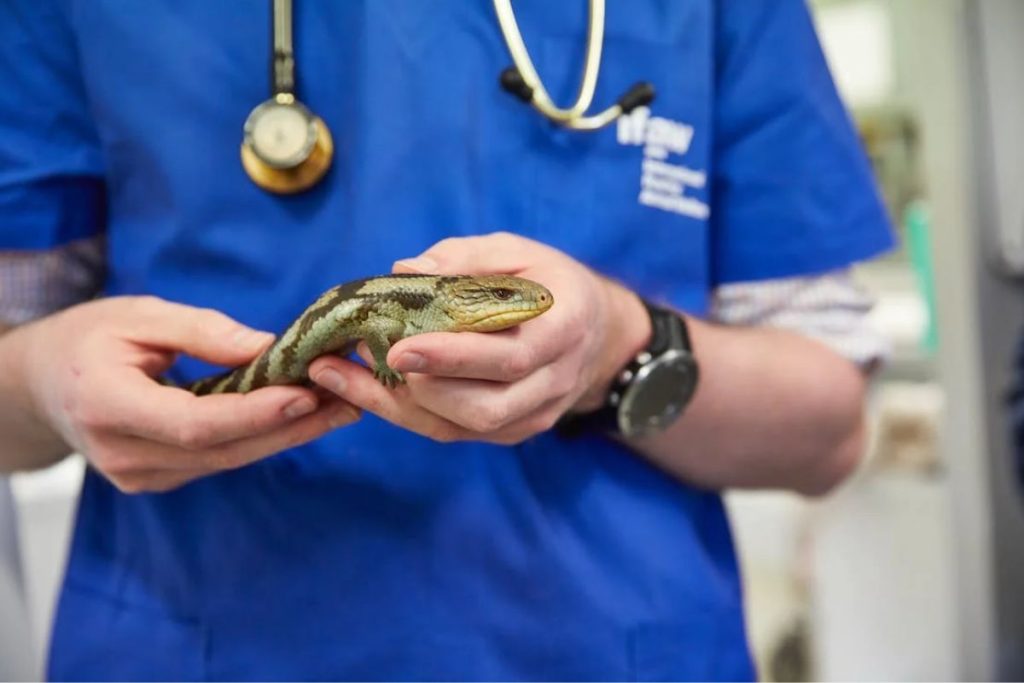Dubai is known for opulence, architecture, and innovation—but few expect to find wildlife rehabilitation centers operating quietly in its surrounding dunes. Yet just a short drive away, dedicated conservationists are working to rescue, treat, and reintegrate native and migratory species. These centers don’t just treat injured animals; they invite the public to witness healing processes, learn about regional biodiversity, and participate in ethical wildlife encounters. In a country where development rises fast, these centers serve as grounding reminders of what came before the skyscrapers.
Al Marmoom Desert Conservation Reserve offers limited-access wildlife programs
Tucked within Dubai’s southern desert, the Al Marmoom area is home to protected zones where gazelles, oryx, and desert foxes are frequently monitored and rehabilitated. While not all sections are open to the public year-round, special guided visits allow small groups to observe wildlife care and tracking in action. Some sessions are hosted by biologists who explain how rehabilitation differs in desert climates—where rehydration, temperature regulation, and rewilding require precise local knowledge. These visits are often coordinated with Dubai Municipality’s environment division, and usually require advance registration due to conservation sensitivity.
Wadi Al Safa Wildlife Centre focuses on native fauna in controlled settings
Located closer to the outskirts of the city, Wadi Al Safa Wildlife Centre is known among educators and environmentalists for its work with Arabian wildlife. The center rehabilitates species such as the sand cat, Arabian caracal, and steppe eagle—each of which faces threats from habitat loss or urban expansion. While walk-ins are rare, educational groups can book curated visits that highlight species-specific challenges. Rehabilitation protocols here follow UAE environmental guidelines and focus on reintroduction whenever possible. Animal enclosures are minimalistic by design, simulating natural terrain and allowing guests to see how the recovery process unfolds.
Some rescued animals are part of long-term sanctuary programs rather than short-term care
Unlike zoos, which prioritize display, rehabilitation centers near Dubai often operate under a different goal: release. However, not every animal can return to the wild. In some cases—especially those involving severe injuries or human imprinting—animals become permanent residents in sanctuary-style enclosures. These individuals are then used in awareness programs, helping visitors understand complex issues like falcon trafficking, illegal pet trade, or wetland encroachment. The centers balance this with dignity, ensuring the animals live in enriching spaces and are not over-exposed to tourism.
Visitor interaction is strictly managed with the animals’ welfare as top priority
Wildlife centers near Dubai follow guidelines that restrict touch-based interaction. This means you won’t be cuddling a fox or holding a falcon without clear reason. Instead, visitors engage through observation decks, guided trails, and educational talks. Many centers include shaded viewing points, spotting scopes, and information boards in Arabic and English. For school-aged visitors, hands-on elements often focus on non-living specimens, such as animal tracks, molted feathers, or reconstructed nests. This model keeps the experience ethical while still deeply informative, especially for younger guests.

Workshops and volunteer programs offer deeper involvement beyond casual visits
Some rehabilitation centers allow residents or long-term visitors to participate in volunteering programs. These typically include facility maintenance, data entry, or guided habitat cleanups rather than direct animal handling. However, some workshops offer insight into species-specific care—such as nutrition planning for herbivores, raptor enrichment, or enclosure design. These sessions are usually scheduled during cooler months and often led by staff trained under UAE and international wildlife welfare frameworks. Volunteers must apply in advance and sometimes undergo a screening process to ensure safety and suitability.
Expect strict environmental rules on-site, especially regarding noise and waste
When visiting wildlife centers near Dubai, guests are expected to adhere to strict conservation etiquette. Loud voices, food waste, or off-trail walking are prohibited. Some centers go a step further by banning plastics altogether and encouraging guests to bring reusable water bottles or biodegradable gear. Photography is usually permitted, but flash and drones are not. These protocols align with regional conservation standards set by the UAE Ministry of Climate Change and Environment, reflecting the nation’s investment in environmental credibility and sustainable education.
Many centers collaborate with schools and universities for field-based learning
Wildlife rehabilitation near Dubai is not only about animal care—it’s an academic resource. Several institutions collaborate with local and international schools to offer field biology days, ecological mapping projects, and conservation internships. Students may assist in migratory bird counting, study plant succession in desert zones, or document camera trap data. These programs build local environmental awareness among youth and offer rare hands-on experiences that can’t be replicated in classroom settings. Universities like Zayed University and UAEU have formal ties with some centers for research exchanges and capstone projects.
Seasonal migration patterns influence what you’ll encounter at these centers
Visiting during the winter or early spring increases your chance of witnessing migratory birds being treated or tracked. Species such as the greater flamingo, steppe eagle, or black-winged stilt often appear in wetlands near Dubai Creek or Ras Al Khor. Wildlife centers coordinate with ornithologists to tag and monitor their journeys, and you may see these efforts first-hand depending on timing. Conversely, summer visits tend to focus on desert-adapted species like the spiny-tailed lizard or horned viper, whose behavior changes in extreme heat.
Transportation to wildlife centers usually requires private vehicle or group transfer
Most rehabilitation centers near Dubai are not served by public transport due to their location in environmentally sensitive or protected zones. Visitors are encouraged to use private cars or book group transfers organized through the center or a partnering eco-tourism operator. Some experiences are bundled with desert walks or cultural add-ons, such as Bedouin heritage talks or camel ecology briefings. GPS access and road signage can be minimal, so confirming directions in advance is critical. Arrival gates often include security checks and ID verification as part of conservation protocols.
Dubai’s wildlife centers protect more than animals—they preserve ecological memory
In a city where speed and scale often define progress, wildlife rehabilitation centers quietly protect what might otherwise be forgotten. They care for the silent, injured, and displaced—while teaching us what it means to coexist. Whether you visit for a morning or return as a volunteer, you’ll walk away with a deeper understanding of the desert’s balance. And perhaps a little more respect for the resilience of life beyond the skyline.
This article was created by the editorial team at www.few.ae.


 then "Add to Home Screen"
then "Add to Home Screen"